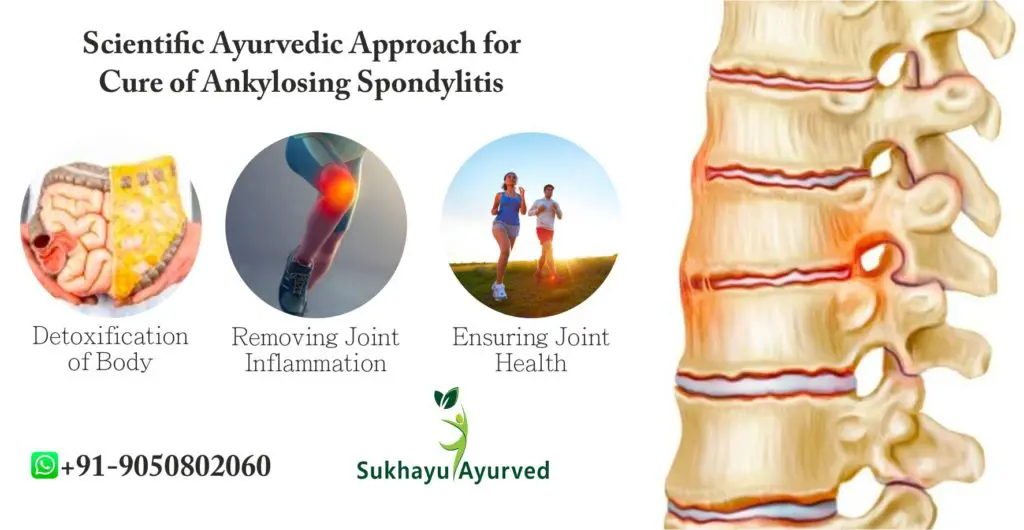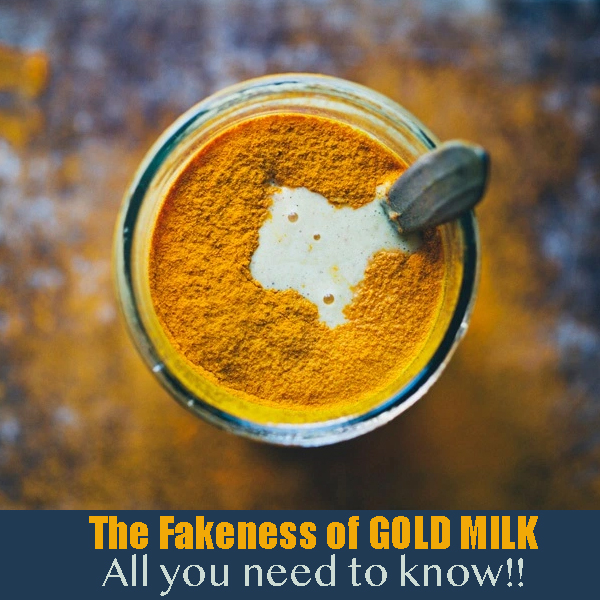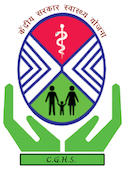Don’t Give Up to Ankylosing Spondylitis: Ayurveda is here
Ankylosing Spondylitis is a long-term, progressive form of inflammatory arthritis. It causes inflammation and stiffness in one or more areas of the spine (vertebrae). Over time, this leads to a loss of mobility and an increased risk of bone fusion (arthritis) between vertebrae. This can result in a stooped posture (kyphosis) and limited movement of the neck, back, and hips.
The spine is a collection of bones- vertebrae. These bones together protect the spinal cord. The spinal cord carries messages from the brain to all parts of your body. Ankylosing spondylitis is just a “type” of arthritis of the vertebral column.

The difference between AS and other forms of arthritis is that –
AS causes inflammation in not only the joints but also involves inflammation in the ligaments, tendons, or muscles surrounding them.
In some cases, these structures can become inflamed enough to fuse together into one solid mass of bone. This fusion prevents normal motion at affected areas such as shoulders, spinal joints, and hips reducing mobility even further.
AS can also involve lesions high up in the chest area that affects your breathing. These are the areas where there is damage to tissue.
What are the symptoms of AS?
The most common symptom is acute or chronic back pain along with stiffness and loss of mobility in the lower back and/or hips. All these together severely impact one’s quality of life. Typically, these symptoms begin between the ages of 15 and 30; however, they can manifest themselves at any age and are even reported in children as young as 5 years old. When AS first appears in younger people (usually before age 16), it may be mistaken for juvenile rheumatoid arthritis or another type of bone disorder.
CASE SERIES on Patients of Ankylosing Spondylitis
Ankylosing Spondylitis: Beyond just Spine
AS is not just about the spine or joints alone. This condition impacts the whole body.
Other typical signs and symptoms include:
- AS usually causes inflammation of the sacroiliac joints and, to a lesser degree, the knees. The sacroiliac (SI) joints are located at the base of your spine where it meets the pelvis on either side. People with AS can develop pain or weakness in their hips. This worsens when they walk or stand for prolonged periods.
- Ringing in the ears (tinnitus), caused by too much fluid in the inner ear due to hypertrophy of ligaments surrounding them.
- Painful mouth ulcers/dental erosions
- Inflammation of eyes
- Joints outside of the spine and hips may become inflamed (symmetric polyarthritis/synovitis) and feel painful.
- Scoliosis is when the spine twists and curves to one side. This can be a very disabling symptom
The complicated nature of AS
AS is more like a systemic disease that leads to an impact on multiple organs. AS has varying symptoms in different people, including:
- Fatigue or tiredness for no apparent reason
- Decreased ability to concentrate and/or short-term memory loss
- Loss of appetite accompanied by weight loss
- Abdominal pain due to inflammation in the colon known as- ulcerative colitis, enteritis (inflammation of the intestines) or ileitis (inflammation of part of the small bowel). The diagnosis is often missed until major symptoms occur such as rectal bleeding, cramping pains, diarrhea alternating with constipation, bloating and weight loss.
- Difficulty with bowel movements, including constipation or incontinence (accidental passing of stool), as a result of AS related inflammation in the colon known as enteritis (inflammation of the intestines) or ileitis (inflammation of part of the small bowel).
- Unexpected chest pain due to inflammation in the costochondral joints at the point where ribs meet the sternum.
- AS can cause Migraines because of inflamed sinuses.
- Serious fatigue/tiredness that does not improve with sleep or rest. As well as weight loss and low-grade fevers (99° – 100.4°F), are all potential indicators of an inflammatory process occurring in your body’s organs.
- Elevated ESR (erythrocyte sedimentation rate) which measures how fast red blood cells settle to the bottom of a test tube
- Raised CRP (C-reactive protein) which measures white blood cell activation indicating inflammation in the body
- Elevated alkaline phosphatase levels indicate bone or liver disease. Higher levels of alkaline phosphatase confirm inflammatory condition affecting the joints. Lower levels of alkaline phosphatase can occur with malnutrition and/or excessive alcohol consumption.
How does HLAB27 cause ankylosing spondylitis?
HLA-B27 is a gene that produces proteins called HLA-B27 antigen. These proteins rest on the surface of cells that belong to your immune system. Your immune system normally makes antibodies against anything that it senses as a threat to your health such as bacteria or viruses. In people with AS the body makes antibodies against its own tissue. It is not clear exactly why this happens in AS but it may be linked to an overactive immune response and/or infection within the body.
What does having HLA-B27 mean?
Having HLA-B27 increases your risk of developing AS. However having this gene alone will not cause you to develop ankylosing spondylitis (AS). Having this gene also gives you an increased risk of other inflammatory conditions including:
Reactive arthritis (inflammation in the joints) caused by a bacterial infection in the intestines, urinary tract or genitals. This is due to your immune system’s response to bacteria unrelated to AS.
There is no test at present for HLA-B27 antigen. It can only be detected when cells are examined under a microscope. Screening for HLA-B27 only indicates that someone has this gene. But does not indicate whether they will develop AS or any other disease related to having this gene. Even individuals with the most severe form of HLA-B27 have differences from one person to another. This explains why some people with high levels of HLA-B27 antigen never develop AS while others do.
Will other tests indicate if I have HLA-B27?
A blood test can only determine your HLA type. But it is not recommended as a routine screening test in people without symptoms of AS or associated conditions such as irritable bowel syndrome (IBS) and/or inflammatory bowel disease (IBD), rheumatoid arthritis, reactive arthritis or psoriatic arthritis. Even if you are diagnosed with one of these conditions, for most people the recommendation is that yearly screening should include a check for ankylosing spondylitis by examining your Xrays and looking for early signs of sacroiliitis (inflammation around the joints). More frequent examinations may be necessary if symptoms suggest AS or IBS.
What does Ayurveda say about Ankylosing Spondylitis?
Ayurveda believes that the affected joint/s are the result of a deranged Kapha dosha. Though it doesn’t say which one, can be found in classical ayurvedic texts. This derangement manifests as inflammation and degeneration of the joints, leading to gradual loss of movement. The pain will cause stress on other doshas such as Vata and Pitta, therefore causing muscle spasms and general overall weakness. Due to Vata aggravation, there may also be a feeling of coldness in susceptible areas such as hands and feet. Ayurveda calls this an increase in ‘Vata-Agny’ due to extreme coldness experienced by some patients.
One more reason why Ayurvedic medicine is so effective in treating AS is because indirectly, the Kapha dosha. Which predominates physical and structural body types. This can be controlled by reducing consumption of excessively oily/rich foods such as avocados, nuts, and nut-based oils. In some cases, the patient needs to reduce or eliminate intake of these items but also not to overuse spices that aggravate Vata such as black pepper and cayenne peppers.
It is important for patients with AS to maintain a healthy lifestyle through dietary adjustments based on constitutional type (if no existing condition), regular exercise, and maintaining good skincare – all three are linked in Ayurvedic terms. Even though I did not have any existing health conditions before contracting AS do not disregard diet and exercise in the initial stages of treatment as they are equally important.
How does Ayurveda help in controlling genetic expression?
Ayurvedic medicine believes everyone is prone to certain disorders based on the way they “design” physically and mentally by their parents’ actions (karma). This leads to an imbalance of doshas which manifests as disturbances in one or more aspects of personality, body type, physical features, thinking pattern, behavior, and even predisposition to diseases. Ayurveda also believes that these imbalances can repair through a process called ‘Prakriti-Vighat’. During this process, patients are given supplements such as herbal medicines and foods. These together increase health but reduce the aggravation of any existing disorder. It is believed that AS can be controlled by three approaches:
- The elimination of elements from the outside environment’ that can increase the risk of AS, such as excessive use of spices, drinks (tea, etc), and particular types of oils.
- Improvement to reduce doshic aggravation in patients who have a predisposition for AS.
- The intake of herbal medicines that balance Kapha dosha which is predominant in the area affected by AS.
How does Ayurveda help in AS?
Ayurveda and AS – what the medical professionals say…
Most patients with AS have weak joints in their hips and lower spine due to cartilage degeneration, which can lead to inflammation and pain. According to Ayurvedic medicine, this condition links to a deranged Kapha dosha (primary tissue of bone). An imbalance in Kapha can also cause general fatigue (muscle weakness) as well as muscle spasms leading to stiffness or deformity. These factors combined result in reduced mobility, however more detailed explanations on how Ayurveda treats these symptoms.
As I said earlier, diet and exercise are equally important in the Ayurveda treatment of AS (if no existing health conditions) as they help the body systems to function at a healthier level. This will reduce the aggravation of Vata dosha by allowing the body to perform routine functions more effectively and efficiently – thereby reducing irritation to joints and muscles. In ayurvedic terms, healthy eating is – ‘Rakta-Shringanashana’ or purification for blood disorders. During which patients must adopt certain dietary principles based on constitutional type.
To ensure that symptoms improve quickly, the diet should adjust frequently according to specific guidelines set out in classical ayurvedic texts such as Charaka Samhita. This included lowering or eliminating the intake of spicy food and black pepper (especially if patient had a bad episode) which aggravate Vata dosha, and also introducing foods high in Kapha such as fish, yogurt, ghee, rice (in moderation), honey, dates, cinnamon spice etc.
Living with Ankylosing Spondylitis with Ayurveda?
If you are a patient that believes that ayurvedic medicine can help in the treatment of AS, you should first consult with an Ayurvedic doctor. They will take your case and consider your constitutional type from which they will recommend foods, herbs, and lifestyle adjustments to reduce Vata dosha while improving Kapha.
One thing I would say is if you have AS, do not engage in exercises until your ayurvedic specialist has suggested it – this will minimize muscle pain and doshic aggravation caused by improper form or excessive exertion. Before starting any kind of physical activity, get professional advice on which exercise regime might be most suitable for you (depending on severity), how often to train, what diet restrictions apply, etc. You can consult with me about this condition and I will try to lead you to a normal life.














